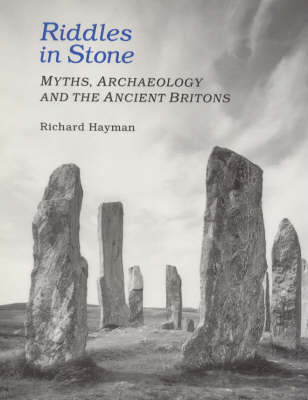Who built Avebury and Stonehenge? Why and when were more than 600 stone circles, and thousands of barrows and cairns, erected in prehistoric Britain? What were they used for and what do they tell us about the beliefs and culture of their builders? Much has been written about these monuments since John Aubrey's study of Avebury in the 17th century. Aubrey believed that stone circles were the work of Druids, as did William Stukeley, an idea which lives on in modern Druid ceremonies at Stonehenge. When barrow digging became fashionable in the 19th century, stone and bronze artefacts painted a more primitive picture of the ancient Britons. Twentieth-century archaeology has greatly expanded our knowledge of the monuments, and in the 1960s radiocarbon dating showed that some monuments were up to 2000 years older than previously believed. During this time archaeological interpretation has seen several shifts of emphasis: between Diffusionism and independent development, between Earth Mother worship, ancestor cults, social processes and symbols of power. Alongside orthodox archaeology alternative theories have also flourished.
Astronomers have tried to show that the stones were erected for astronomical purposes, and since the 1960s the theory of ley lines has spawned the alternative study of Earth mysteries. This is an account of how different generations have made sense of these ruins. Each theory has had as much to say about its own time as it has about prehistory. The antiquaries of the 18th century, who accepted biblical authority that the world was created in 4004 BC, necessarily had a different opinion to 19th-century archaeologists who accepted Darwin's theory of evolution, and believed in progress from savagery to civilization. More recently, these monuments, innocent of the ills of industrial capitalism, have been claimed as proof that a more harmonious relationship with Nature is possible. The history of these ideas demonstrates why our understanding of the stones has always, and will always be, in a process of redefinition.
- ISBN10 1852851392
- ISBN13 9781852851392
- Publish Date 1 July 1997
- Publish Status Out of Print
- Out of Print 31 March 2007
- Publish Country GB
- Publisher Bloomsbury Publishing PLC
- Imprint Hambledon Continuum
- Format Hardcover
- Pages 288
- Language English
